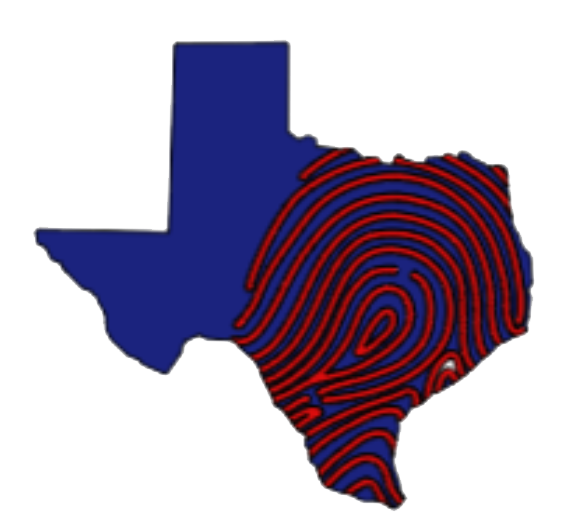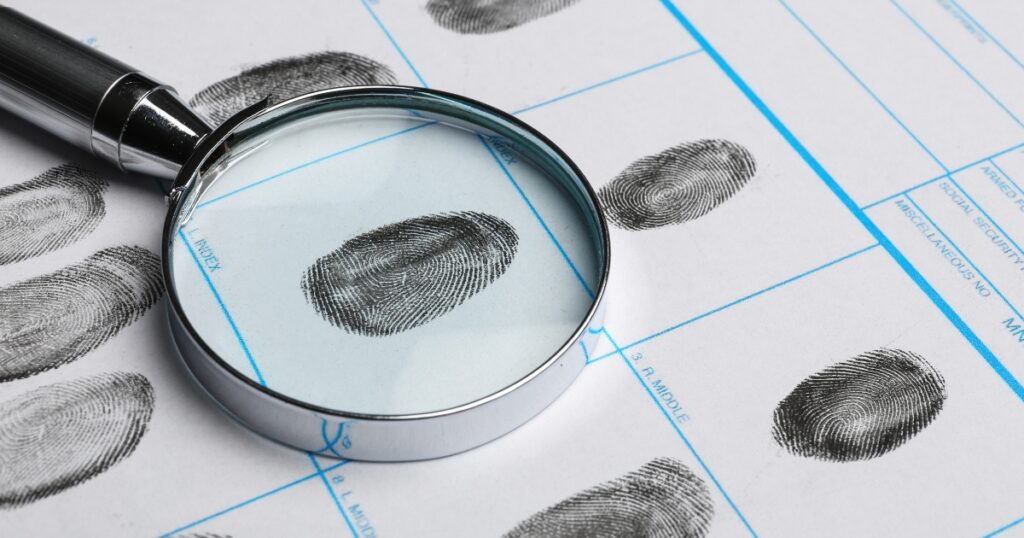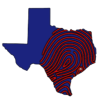Biometric identification has become a breakthrough technology, which has been deployed to identify humans depending on their unique biometric data. A person has various unique biometric features, which help others to identify him or her with precision. For example, your fingerprint is an example of a unique biometric feature since the fingerprints of two persons cannot be the same. Nowadays, various institutions and corporate organizations use the biometric data of clients, customers, employers, and others for the purpose of unique identification. Though everyone has a unique fingerprint, the fingerprint patterns can be divided into three broad categories.
In the following section, find a guide to different fingerprinting categories. At the same time, the article will further help you understand the importance of fingerprint-based identification of people.
Three Major Fingerprint Patterns
Here is a guide to the three major human fingerprint patterns. Find out the details to know your fingerprint pattern.
1. The Arch Fingerprint Pattern
The arch pattern has been regarded as one of the rarest human fingerprint patterns. According to the experts, only 5% of people in the world have this fingerprint pattern. The major highlight of this pattern is a lack of lines, cores, and deltas. This fingerprint type has been further divided into two sub-categories.
- Plain Arch: The pain arch fingerprint is the rarest type since only a few people in the world have this pattern on their fingers. The raised ridges extend from one side to another in a continuous fashion.
- Tented Arch: The tented arch pattern is similar to the plain arch pattern, though a sharper edge makes them different from the former. The arch flows from one side of the finger to the other side, creating a tent-like shape.
2. The Whorl Fingerprint Pattern
The whorl pattern is common, and around 30-35% of the global human population possesses this type of fingerprint. The presence of a core and two deltas is the way to identify this fingerprint pattern with ease. Similar to the arch pattern, this pattern can also be categorized into two different categories.
- Plain Whorl: A plain whorl creates a circular pattern, which is a swirl or spiral. Typically, this circular pattern remains unbroken throughout your finger’s surface.
- Central Pocket Whorl: In this pattern, you will find that the central ridges will create more than one curve. As a result, the ridges eventually create a smaller inner whorl.
3. The Loop
The loop represents the most popular type of fingerprint pattern. According to experts and trusted notary and fingerprint services, around 60-70% of the global population has this type of fingerprint pattern. The main feature of the loop pattern is the presence of a single core and delta. The pattern has been further categorized into the following types.
- Ulnar Loop: The ridges turn backward in this pattern, though they do not make a full turn. In the ulnar loop, the loop keeps moving towards the small finger.
- Radial Loop: The radial loop is similar to the ulnar loop, though there is a difference. The ridges turn toward the thumb instead of the small finger.
- Central Pocket Loop: In this pattern, the ridges create curves to surround the central whorl. This type of fingerprint is common among many people.
Conclusion
So, these are the popular fingerprint patterns that are found among humans across the world. Keep in mind that fingerprints are unique, though patterns could be similar. Because of its uniqueness, fingerprints have become crucial biometric identification for humans.
From business agreements to employment contracts and visa approval, you need to provide biometric details for many purposes. Texas Fingerprints & Notary offers live scan fingerprinting services to organizations and individuals. Embrace our express fingerprinting for fast, hassle-free, and secured fingerprint collection and processing.


